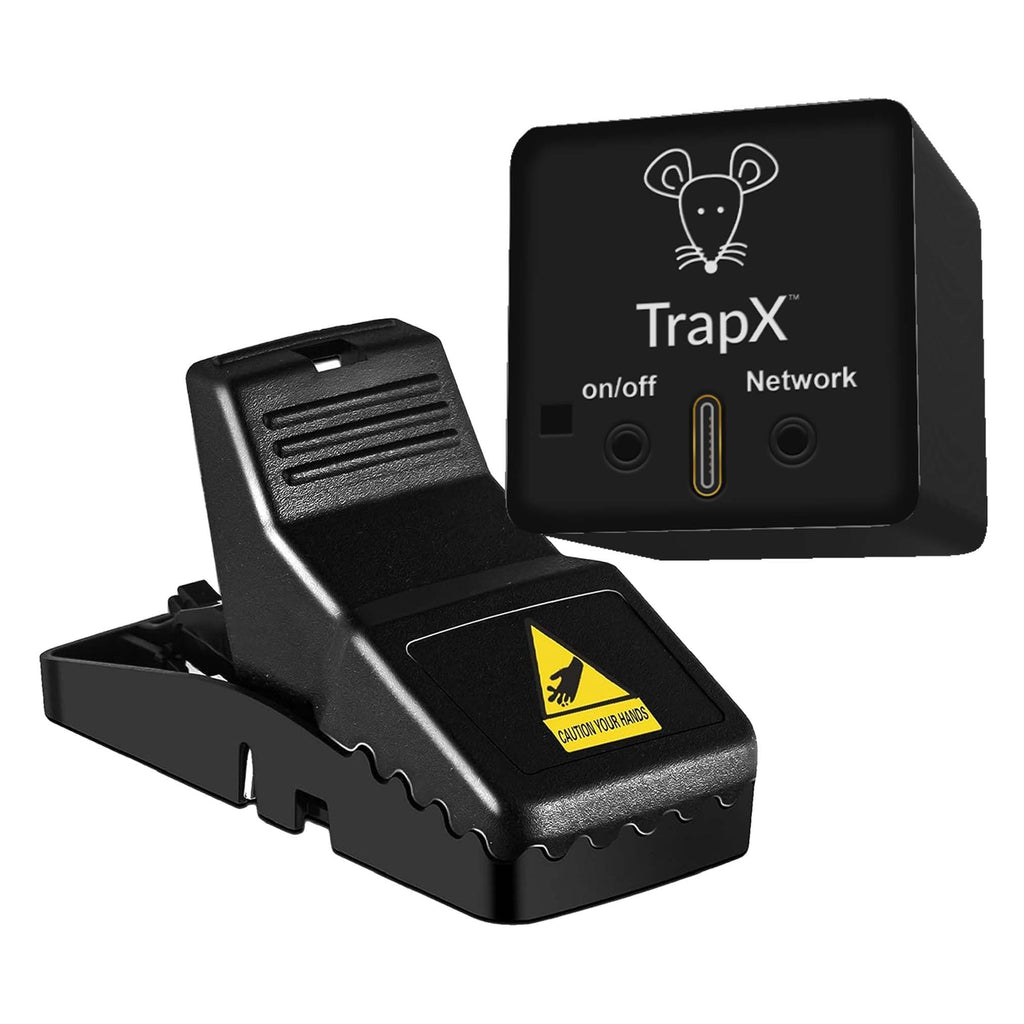Where Does Pest Control Spray in House: Key Areas Revealed
Share
When dealing with pest control, many homeowners often wonder, 'where does pest control spray in house?' Understanding the key areas where pest control technicians apply their sprays can not only ease your mind but also help you better prepare for their visits. This article will cover the essential locations where pest control products are utilized in residential settings, ensuring that your home remains a safe haven from bothersome pests.
Pest control isn't a one-size-fits-all approach; it requires strategic targeting of specific areas within your home. Many people are unaware of how pest control works and where the most effective sprays are applied. In this comprehensive guide, we will explore the interior spray locations, what you can expect, and best practices to maintain pest control effectiveness.

Key Areas of Pest Control Application
The most common question is likely, 'where does pest control spray in house?' The targeted areas for pest spray application are crucial. Here are the primary spots:
1. Perimeter of the House
Pest control sprays are often applied around the perimeter of your home. This defense zone acts as a barrier to keep pests such as ants, roaches, and spiders from entering your space.
2. Underneath Sinks and Cabinets
Kitchens and bathrooms are frequently susceptible to pest invasions due to moisture. Spraying underneath sinks and inside cabinets targets potential hiding spots for pests. It's essential to keep these areas controlled to prevent infestations.
3. Around Entry Points
Entry points like doors, windows, and vents are prime locations for pest entry. Pest control experts focus on these vulnerable spots, ensuring that they are adequately treated to block entry and deter future invasions.
4. Attics and Basements
Pests often find ways to infiltrate these less-frequented spaces. Sprays may be applied during inspections in attics and basements to control any hidden populations and prevent their spread to living areas.

Why Is Targeted Spraying Important?
Knowing where pest control sprays in house is critical for several reasons. Firstly, targeted spraying maximizes the effectiveness of chemical agents by focusing them on high-risk areas. Secondly, it minimizes the use of chemicals in areas where they are unnecessary, promoting a safer home environment.
Moreover, pest control companies focus on integrated pest management (IPM), a sustainable approach to managing pests using a combination of biological, physical, and chemical tools. Understanding the method can elevate your approach to pest management.

Preparing for Pest Control Treatment
Preparation plays a key role in ensuring that pest control treatments are effective. It's advisable that you:
- Clear the areas where spraying will take place.
- Remove items from countertops, under sinks, and any clutter from areas to be treated.
- Secure pets and children to prevent exposure to pest control chemicals.

What to Expect During the Visit
During the pest control visit, technicians will typically conduct an inspection to identify pest problems before applying any sprays. Expect them to ask about previous pest sightings and any areas of concern. This data helps them tailor their approach. For more insight on pest control processes, visit what pest control covers.
Maintaining Safety During Pest Control
While pest control is essential for maintaining a pest-free home, safety should also be a priority. Homeowners should follow safety measures such as:
- Ensuring good ventilation during and after treatment.
- Staying out of treated areas as recommended by the technician.
- Following any specific post-treatment care instructions provided.
For more safety tips, consider looking at EPA safety tips.
FAQs
1. How long does pest control spray last?
Pest control sprays can last from a few weeks to several months, depending on the chemical used and environmental factors.
2. Can I stay in the house during pest control treatments?
It is generally advised to stay out of treated areas for a few hours after the application for safety measures.
3. Should I clean after pest control treatment?
It's best to wait at least 24 hours after treatment before cleaning to ensure the chemicals have time to work effectively and bond to surfaces.
Conclusion
Understanding where pest control sprays in house can significantly impact how effective your pest management strategy will be. By knowing the key areas and maintaining safety precautions, you empower yourself to keep your home safe from pests effectively. For more information on pest control costs, visit Terminix cost guide.
As an Amazon Associate, I earn from qualifying purchases.
